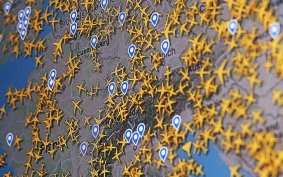by Michael Lynch, Chief Strategy Officer, InAuth
When the European Banking Authority (EBA) speaks, financial institutions listen. And organisations throughout the EU are listening intently right now as the EBA is poised to release a new round of regulations in their annual Payment Services Directive (PSD2).
This latest round of regulation is expected to be a boon for consumers by encouraging non-traditional parties to participate in electronic payments and accelerating competition within the banking community through multi-banking. It is expected to increase convenience for consumers, while simultaneously lowering transaction costs for financial institutions.
PSD2 also represents a step towards making the ‘cashless economy’ a reality. At its core, cash is an expensive instrument for running an economy. Paper and other ‘real’ forms of currency incur significant printing, storage, and other circulation logistics costs. According to the European Central Bank, the total cost of cash in the European Union is 1% or more of GDP.
Sign up for free to read the full article
Register Login with LinkedInAlready have an account?
Login
Download our Free Treasury App for mobile and tablet to read articles – no log in required.
Download Version Download Version

























